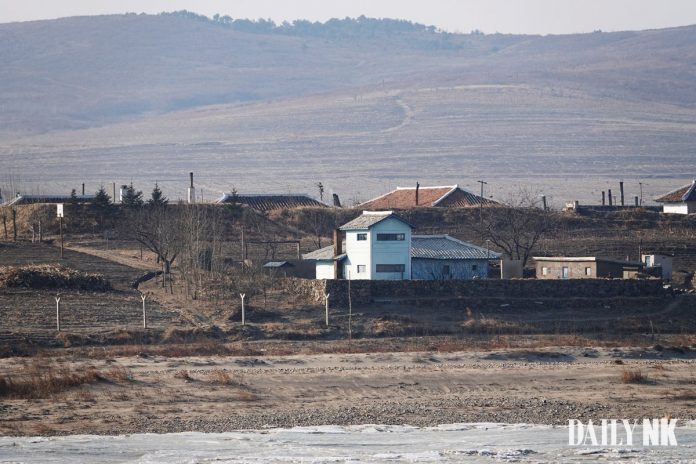
After continously falling since February, North Korean rice prices are once again climbing. Although North Korean authorities have greatly increased imports of rice, corn, wheat and other grains, the imports do not appear to be reaching people through state-run food shops or markets.
According to Daily NK’s regular survey of market prices in North Korea, a kilogram of rice in Sinuiju, North Pyongan Province cost KPW 5,800 as of Apr. 30. This was 7.01% higher than the price two weeks ago, when a kilogram of rice in Sinuiju cost KPW 5,420 on Apr. 16.
In Hyesan, Yanggang Province, where a kilogram of rice has cost in the high 5,000s since mid-March, rice cost KPW 6,000 on Apr. 30, a 5.3% increase from the previous survey on Apr. 16.
In Pyongyang as well, the price of rice increased for the first time since early February, though the increase was less pronounced than in other regions.
The price of corn also generally increased. A kilogram of corn cost KPW 3,000 and KPW 3,100 in Sinuiju and Hyesan, respectively, on Apr. 30, an increase of 6.8% and 3.4% from Apr. 16.
Although North Korea has greatly expanded its grain imports over last year, grain prices are once again increasing.
On May 1, Japan’s Jiji Press reported that North Korea imported 46,762 tons of rice from China in March, about 2.5 times more than it imported in the same period last year, quoting China Customs. In particular, North Korea imported more grain between January and March of this year than it did all of last year.
Daily NK reported in August 2022 that North Korea continued to import whole wheat and wheat flour from Russia last year, too.
North Korea has thus greatly increased its grain imports this year, but the price of rice in the first quarter of this year is the highest it has ever been compared to the first quarters of the past four years.
Grain prices fell only slightly and are now once again on the rise despite increased imports because North Korean authorities are prioritizing distribution of the imported grain to party, military and security agencies.
“With last year’s agricultural production greatly falling from previous years, it’s not easy [for North Korea] to import enough grain to stabilize market prices,” said Cho Chung-hee, director of the research institute at Good Farmers and an expert on North Korean agriculture. “Moreover, with institutions of power often receiving imported grain first in accordance with state priorities, the increased imports are unlikely to have a big immediate impact on stabilizing market prices.”
Translated by David Black. Edited by Robert Lauler.
Daily NK works with a network of reporting partners who live inside North Korea and China. Their identities remain anonymous due to security concerns. More information about Daily NK’s reporting partner network and information gathering activities can be found on our FAQ page here.
Please direct any comments or questions about this article to dailynkenglish@uni-media.net.

















